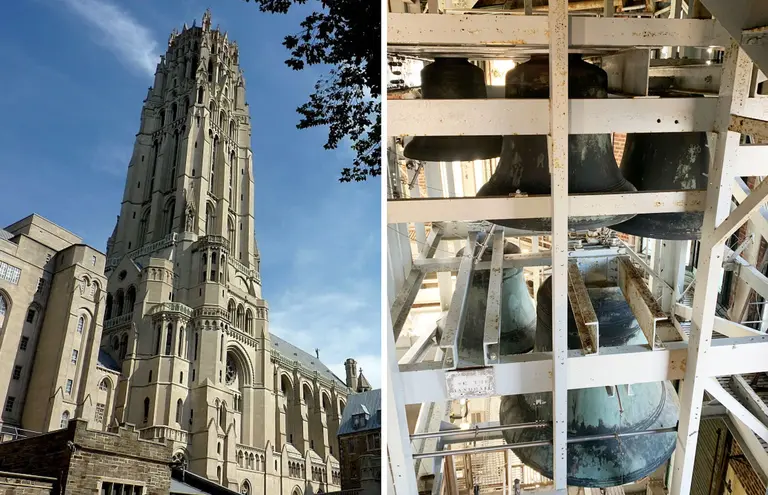
Exterior photo via Wikimedia; Photo of bell tower © 6sqft
Go behind the scenes at Morningside Heights’ Riverside Church and its 400-foot-tall bell tower
Take the tour

Exterior photo via Wikimedia; Photo of bell tower © 6sqft
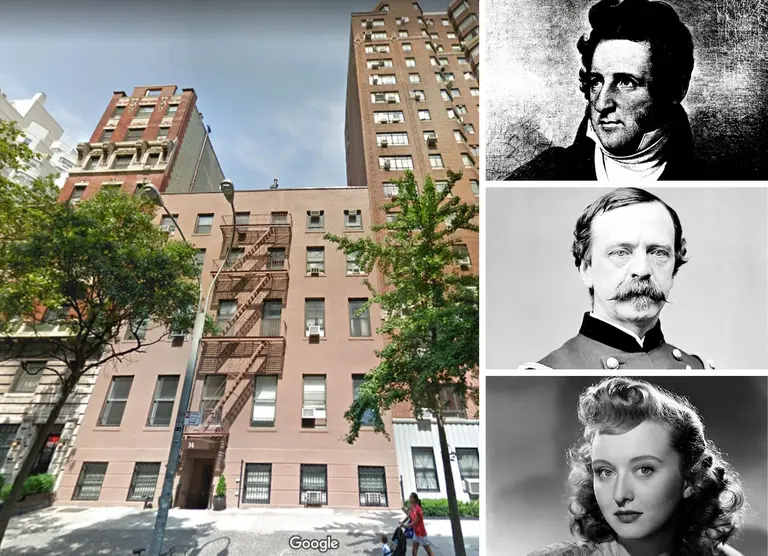
Streetview of 14-16 Fifth Avenue, Map data © 2020 Google; Painting of Henry Breevort via public domain, Photo of General Daniel Edgar Sickles courtesy of the Library of Congress, and photo of Celeste Holm via public domain
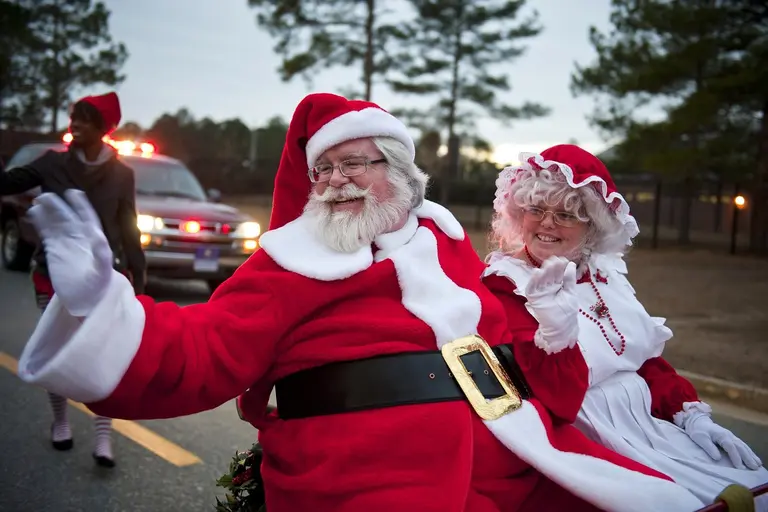
Image by Skeez via Pixabay cc
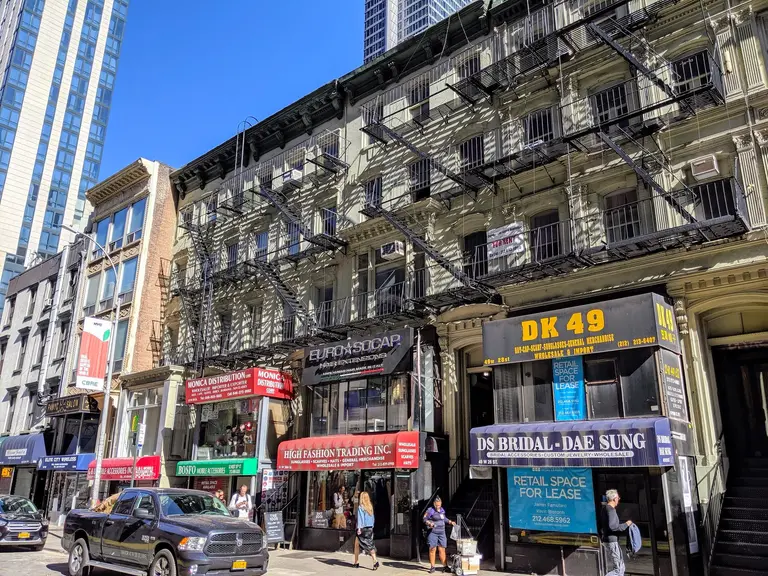
Tin Pan Alley buildings; Photo by Eden, Janine and Jim on Flickr
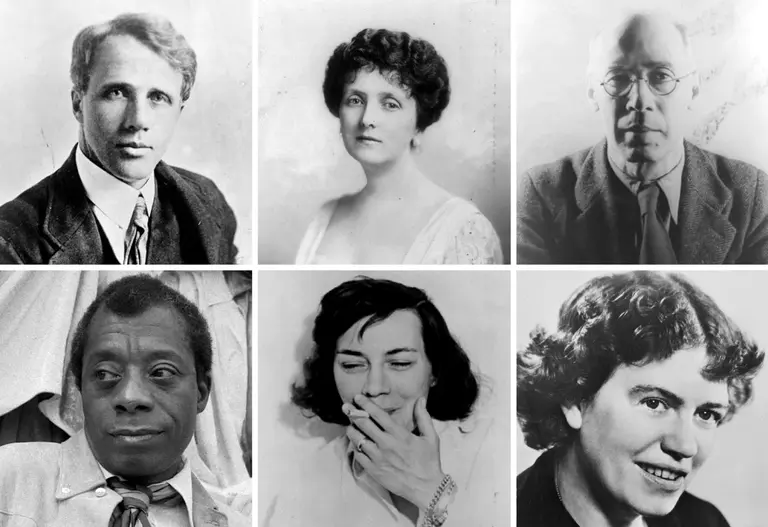
From top left: Photo of Robert Frost via Wikimedia, Photo of Emily Post via Library of Congress, Photo of Henry Miller via Wikimedia; From bottom left: Photo of James Baldwin by Allan Warren via Wikimedia, Photo of Patricia Highsmith via Wikimedia, and Photo of Margaret Mead via Smithsonian Institution Archives Wikimedia
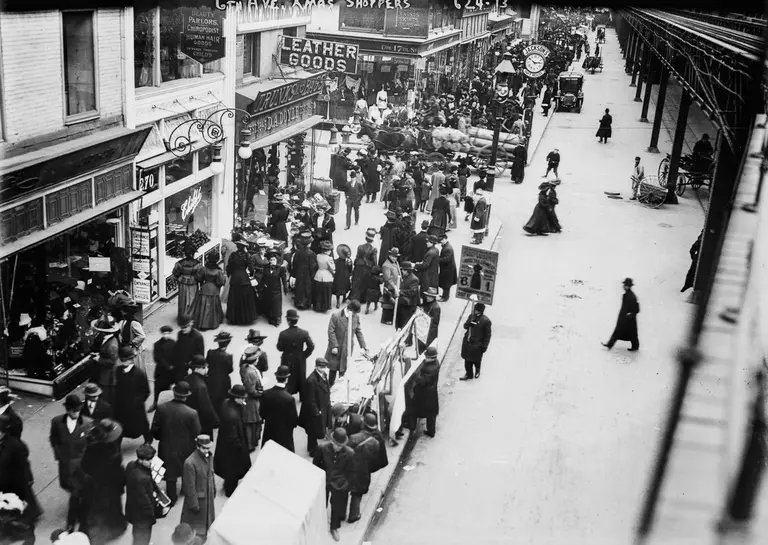
Christmas shoppers on 6th Avenue (1910) via Library of Congress
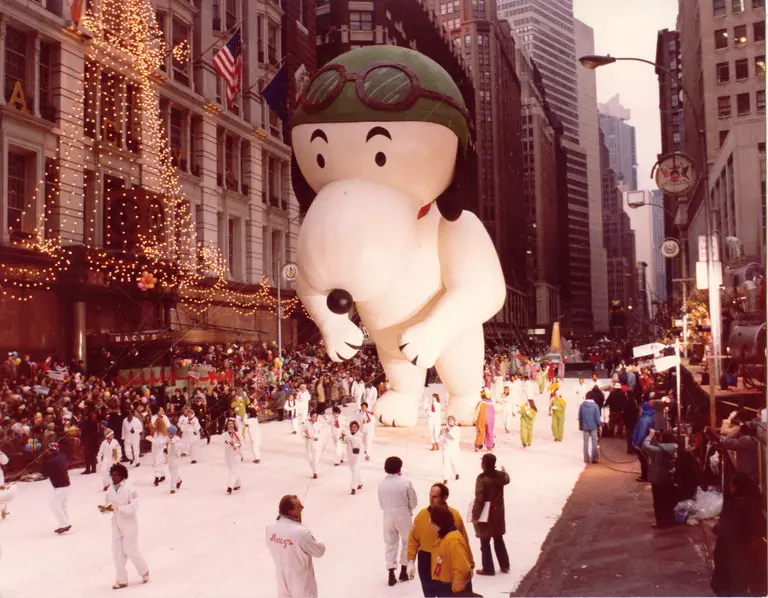
Photo courtesy of Macy’s, Inc.
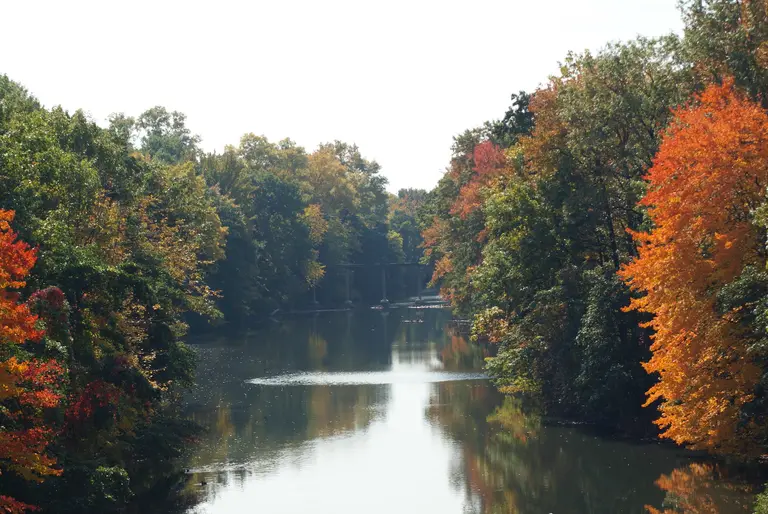
Photo by Elena Gaillard on Wikimedia
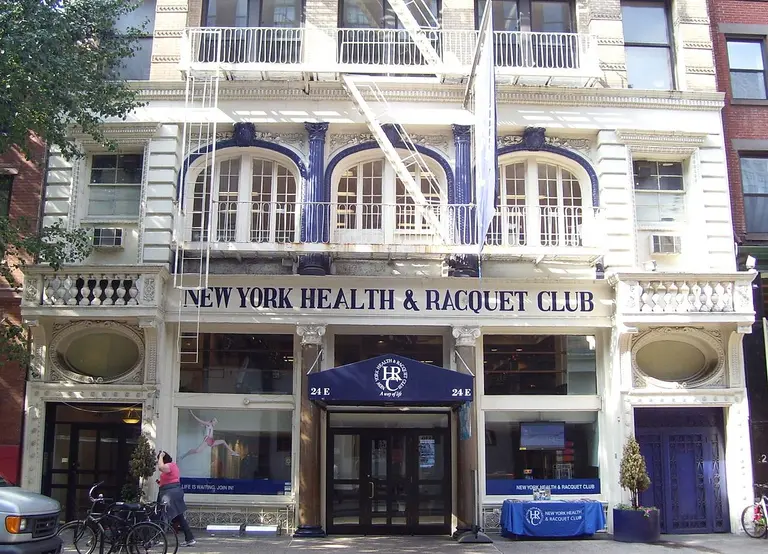
Photo by Beyond My Ken / Wiki Commons
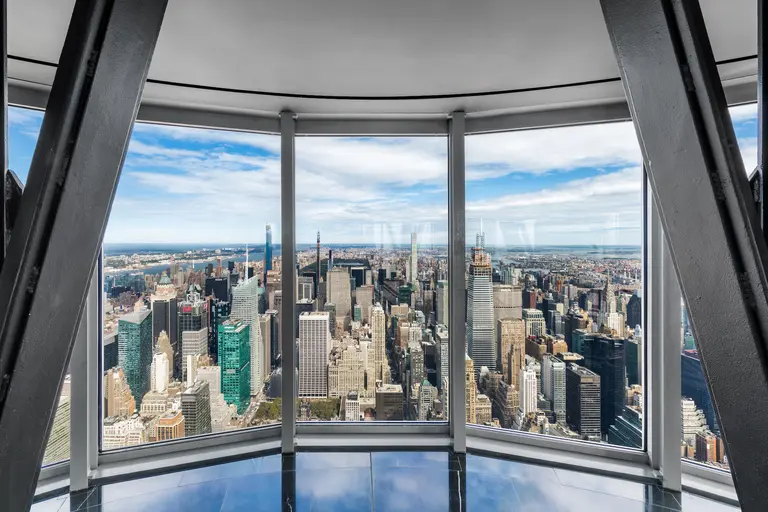
View looking north, with Central Park and the towers that dot Billionaires’ Row clearly visible; Photo courtesy of Empire State Realty Trust

Jacob Ruppert’s Knickerbocker Beer, 1912, via Library of Congress, Geography and Map Division